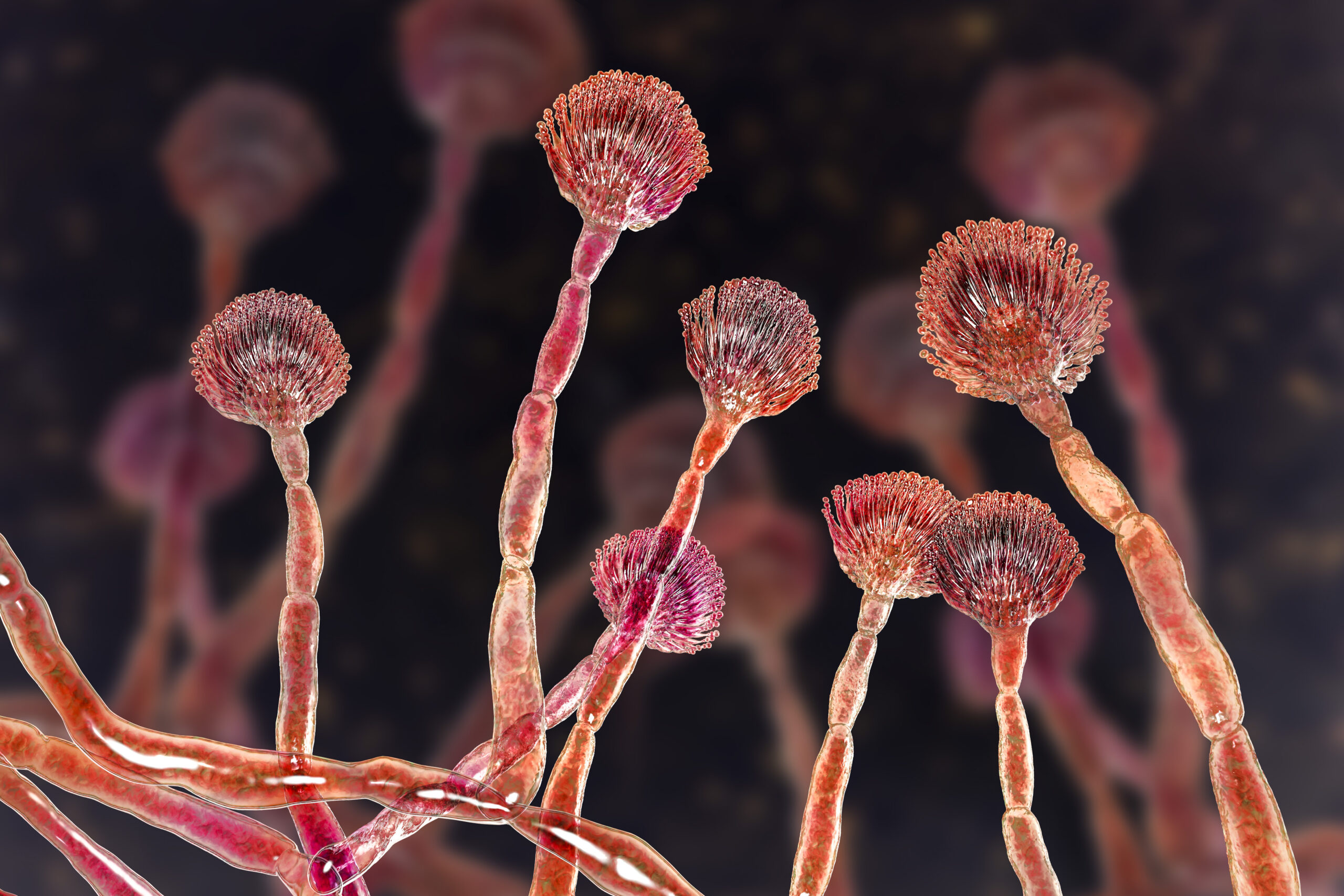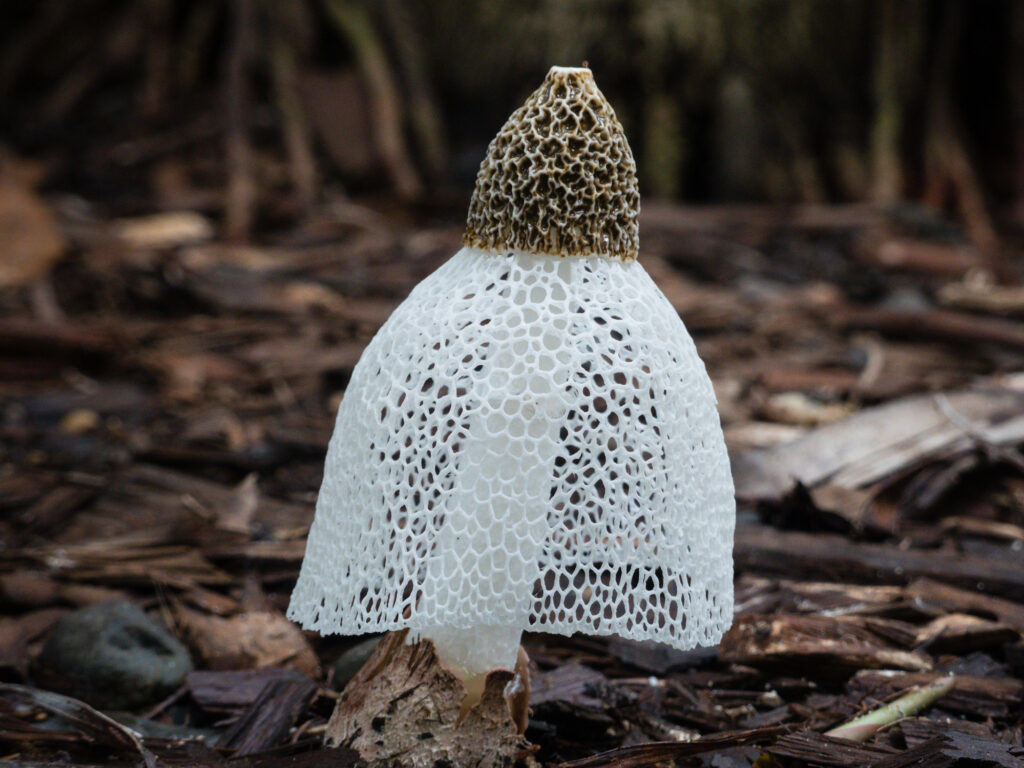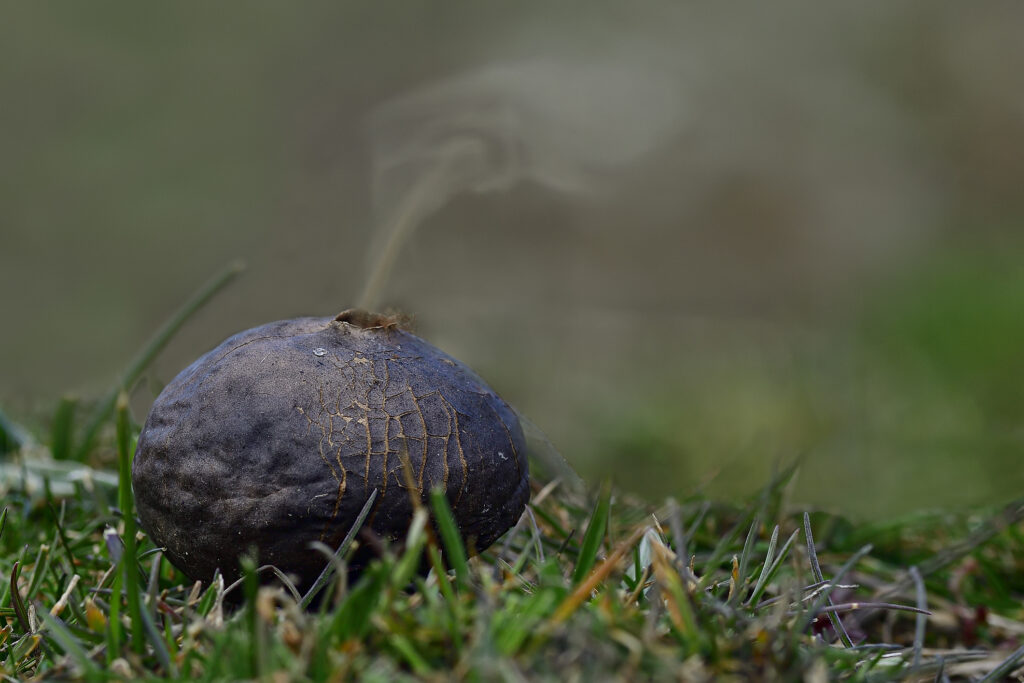On Earth, fungi have been a part of life (and death) for millions of years, but they are getting a lot of mainstream representation lately. So let’s clarify what exactly fungus is, scientifically speaking.
Fungi are organisms that aren’t quite plants but aren’t quite animals either. They belong to their own kingdom in the phylogenetic tree. This eclectic family of confused cousins includes mushrooms, toadstools, yeasts, mould, truffles and even weird things called stinkhorns and puffballs.
While most fungi may look like plants, they have no chlorophyll – the stuff that makes plants green and helps them turn sunlight into food.
Since they can’t make their own food, fungi have to feed on other organic matter. This is how those leftover noodles hiding in the back of your fridge slowly turn into a semi-sentient ecosystem.
Fungi reproduce through tiny spores that they send off into the world. When these spores touch down on a suitable moist surface, they grow into bigger fungi. And they don’t need mush-room to get started.
Fungus friends
Most fungi are not harmful to humans.
There are a variety of mushrooms that we can eat. And we use yeast to make bread and, more importantly, beer. Even some moulds like penicillin are used as medicine. So there’s many fungi we can certainly consider friends.

Some mushrooms you can eat, but only once, so never go mushroom foraging without expert knowledge | Getty Images
Fungus foe
Now, there are some mushrooms that are extremely toxic. And fungi can also be responsible for moulds and fungal infections. However, the most concerning fungus of them all is the so-called ‘zombie fungus’ or Cordyceps fungus.

An ant victim with the Cordyceps fungus bursting from its head | Judy Gallagher via Flickr
Cordyceps are a parasitic fungus that infects other creatures – generally insects like caterpillars or ants. After infection, Cordyceps turn the creatures into mindless zombies.
For example, one species of Cordyceps, the Ophiocordyceps unilateralis fungus, infects ants. It hijacks the ant’s brain, instructing it to climb to a high branch in a tree. There, the ant will clamp down onto the branch and patiently wait for death while the Cordyceps slowly consumes them from the inside. Once the fungus has finished feeding, it bursts through the ant’s head and releases its spores into the air, sending them off to infect more unsuspecting creatures.
So if they can attack ants, can Cordyceps attack humans? Experts say no.
Each of the thousands of Cordyceps species specialises in parasitising a single species. And thankfully, all of them happen to be insect species.
Most fungi can’t survive the high temperature of warm-blooded bodies like humans. So we’re safe, kind of. We can’t categorically say that they will never ever infect humans. Anything is possible.
That being said, as long as there are plenty of insects for them to infect, there is certainly no reason for any Cordyceps to make the massive leap to infecting humans. It’s just too much effort.











